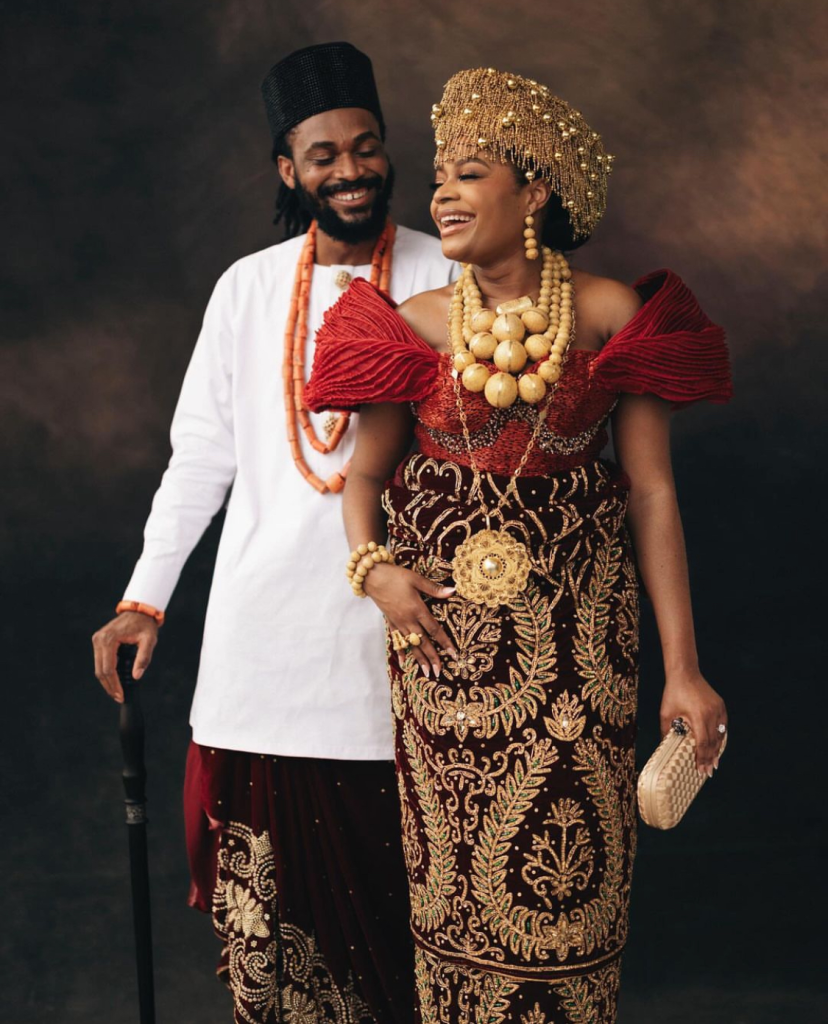Nigeria, a West African nation, boasts a rich cultural diversity and heritage, with over 250 ethnic groups each showcasing unique traditions and customs. Among these, the traditional attire of various tribes vividly represents their cultural identity and social values.
Today’s episode of Learn Africa explores the traditional attire of some of Nigeria’s prominent tribes.
Hausa Traditional Attire
The Hausa people, predominantly in northern Nigeria, are known for their elegant and distinctive traditional clothing, reflecting their culture, and values.

Traditional Attire for Hausa Men
The traditional attire for Hausa men consists of a large, flowing gown called Babban Riga, which is worn over a Kaftan and Wando, and a Hula on the head. The babban riga is often intricately embroidered, especially around the neck and chest areas, showcasing elaborate designs that indicate the wearer’s status and wealth. The kaftan is a simple long-sleeved shirt which extends below the waist and mostly to the knees, worn under the babban riga. Wando is a pair of loose-fitting and comfortable trousers worn underneath the kaftan and/or babban riga.

The traditional attire for Hausa men sometimes consists of only kaftan and wando as babban riga is mostly worn during festivities or to important functions. They are always made to match with everything made of the same colour. The men also wear the hula (cap) which is beautifully embroidered and comes in different patterns and colours.
Traditional Attire for Hausa Women
The traditional attire for Hausa women consists of a Buba, Zani and Gyale. The buba is loose-fitting blouse that is made from different materials with the most common one being cotton. It is paired with the zani (wrapper) which is a long piece of cloth made from vibrant and colourful fabrics like the buba, wrapped around the waist and extending to the ankles.
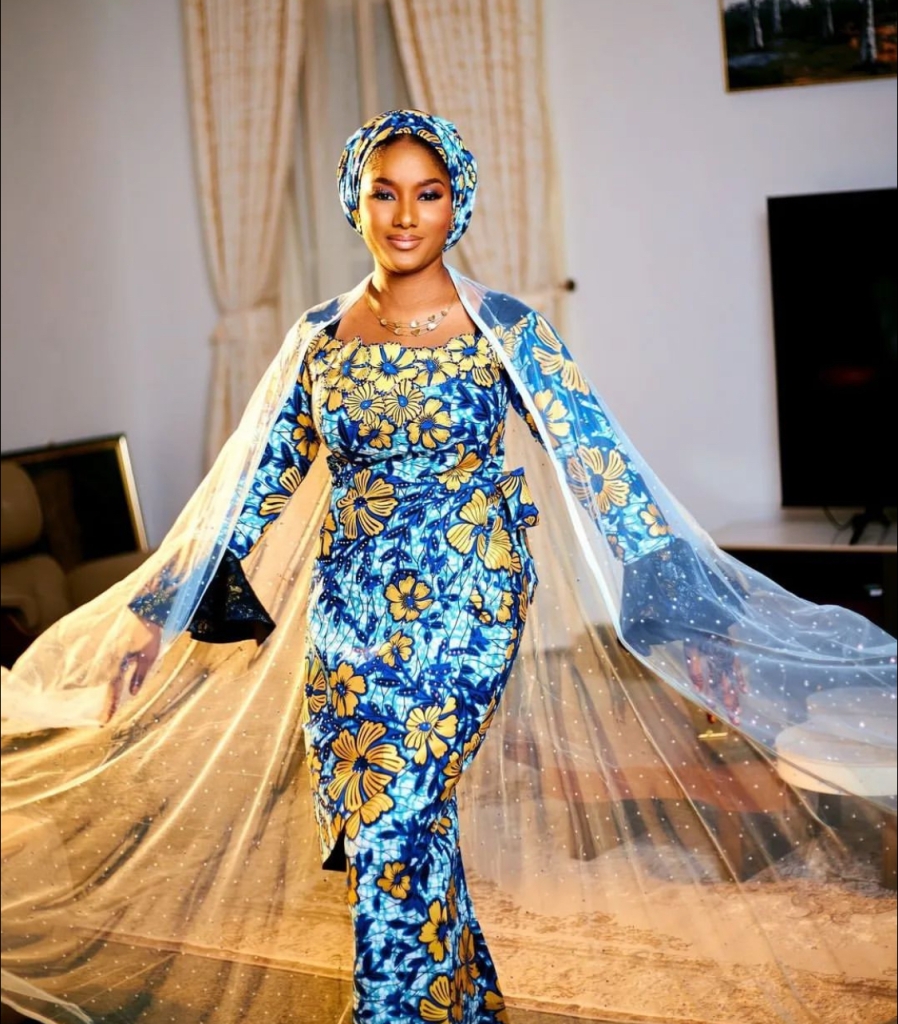
The gyale (headscarf) is a long piece of fabric but smaller than the zani (wrapper) in size which is used to cover the heads. The Gyale can be draped over the shoulders and wrapped around the head in various styles, often coordinated with the Buba and Zani. The hijab is another clothing item worn by Muslim Hausa women in order to keep with Islamic traditions. It covers the head, neck and some parts of the face.
Igbo Traditional Attire
The Igbo people of southeastern Nigeria are known for their vibrant and symbolic traditional attire, reflecting their rich cultural heritage and societal values.
Traditional Attire for Igbo Men
The traditional attire for Igbo men consists of the Isiagu, George, Okpu and accessories. The Isiagu is a traditional Igbo shirt which is made from high-quality fabrics with intricate embroidery and patterns. The most common pattern on the isiagu features the lion heads, which symbolise power and authority. The isiagu is either worn with a pair of trousers or with a george.
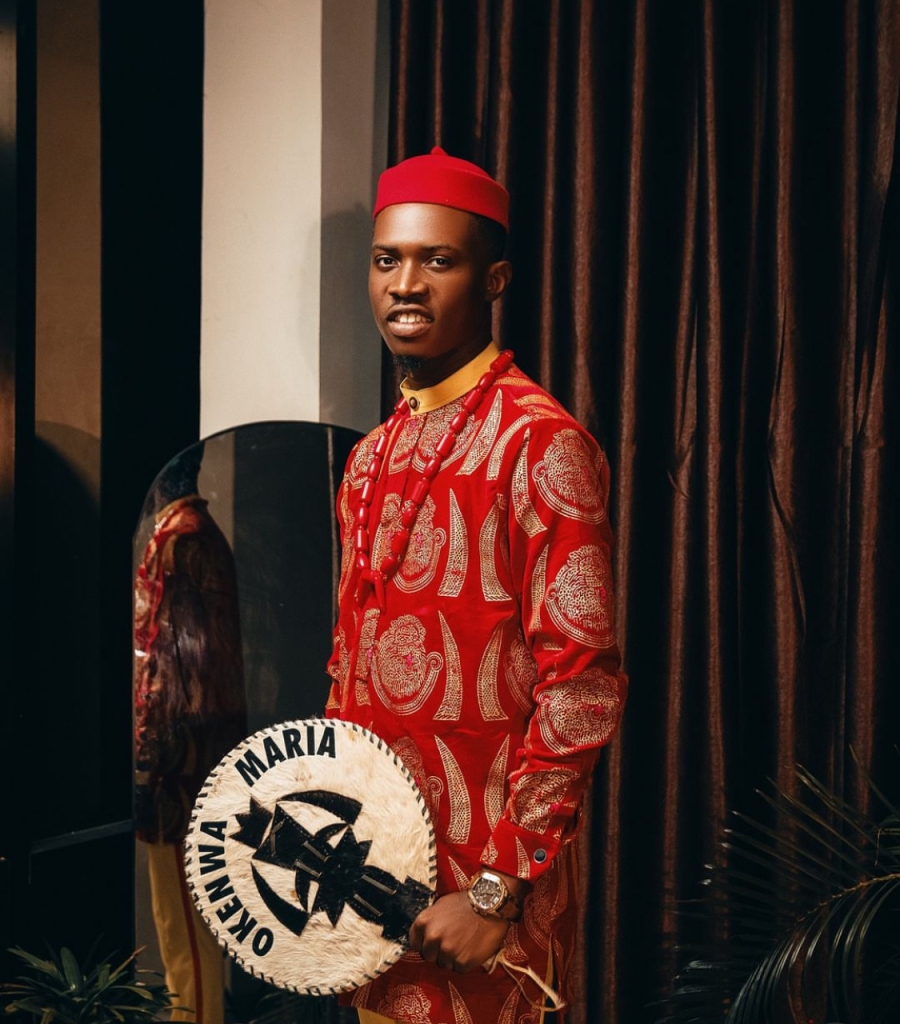
The George is a loose-fitting wrapper made from high-quality fabrics like George or Hollandis, and is tied around the waist, reaching the ankles. It is worn alongside the isiagu shirt. The George can also be worn with a singlet as this is common in local communities for comfort sake. The Okpu is a red cap which serves as an important piece of attire for titled Igbo men. It signifies chieftaincy and is worn by men who have earned titles or honours within the community. It is a symbol of respect and recognition. The accessories worn by Igbo men include coral beads as necklaces and bracelets, and with a walking stick.
Traditional Attire for Igbo Women
The traditional attire for Igbo women consists of the Blouse, Wrapper, Ichafu, Hat and accessories. The blouse a traditional wear which is often intricately designed and made from fabrics like the isiagu, lace, velvet, or ankara. The blouse is usually fitted and complements the wrapper worn around the waist. The wrapper, similar to the men’s, is wrapped around the waist and extends to the ankles. It is usually made from high-quality fabrics like George, which are often heavily embroidered with elaborate patterns.
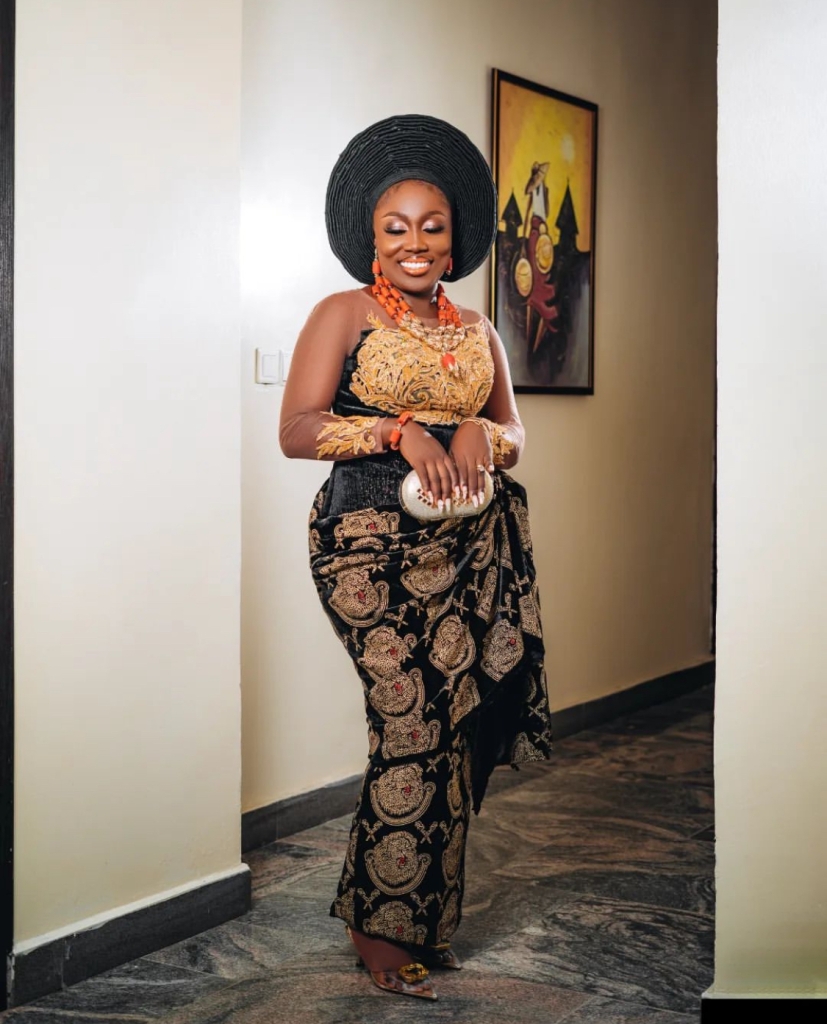
The ichafu is a head tie, a piece of cloth wrapper around the head in various styles. It is mostly made of the same material as the wrapper, adding elegance to the woman’s look. The hat or sometimes veil is worn by women to compliment their attire together with accessories like coral bead necklaces, earrings, and bracelets.
Yoruba Traditional Attire
The Yoruba people, primarily in southwestern Nigeria, are renowned for their elaborate and colourful traditional attire, reflecting their rich cultural heritage and social status.
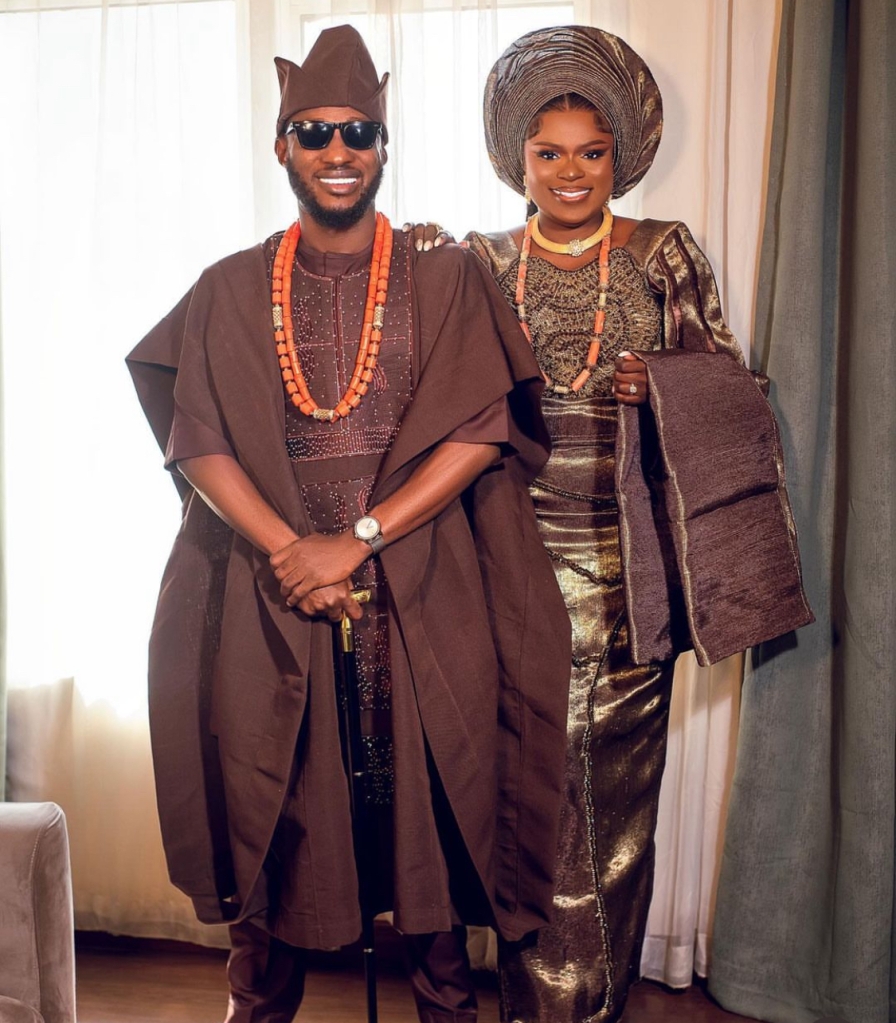
Traditional Attire for Yoruba Men
The traditional attire for Yoruba men consists of Agbada, Buba, Sokoto, and Fila. The agbada is a wide-sleeved flowing robe worn over a buba and sokoto. It is made from luxurious fabrics like lace, brocade and the most popular one, Aso-Oke (Aso-Ofi) which is handwoven. It is a garment that is embroidered around the neck and chest with different patterns.

The buba is a simple yet elegant long or short-sleeved shirt that is worn underneath the agbada or just with the sokoto that reaches the hips or below the hips made from various fabrics like lace, ankara, or Aso-Oke. The sokoto is a loose-fitting pair of trousers that reaches the ankle worn with the buba and/or agbada. It is made from the same fabric as the buba, matching in colour. The fila is a traditional Yoruba cap that completes the men’s attire and comes in different styles such as Abeti Aja, Gobi. It is made from Aso-Oke fabric and is worn during important events, symbolising respect and cultural identity.
Traditional Attire for Yoruba Women
The traditional attire for Yoruba women consists of Buba, Iro, Ipele, Gele and accessories. The buba (blouse) is a loose-fitting, long or short-sleeved blouse that reaches just below the hips, made from various fabrics like silk, lace, Ankara, or Aso-Oke. The Iro (wrapper) is a long piece of fabric wrapped around the waist which extends below the knees and sometimes to the ankles. It is sometimes made of the same material as the buba.

Gele, a head tie is a large piece of fabric tied around the head. It is made of the same fabric as the iro and buba or sometimes a different fabric. Ipele is a matching piece of long fabric made of the same material as the iro. The ipele or iborun is worn over one shoulder or sometimes wrapped around the waist.
Ijaw Traditional Attire
The Ijaw people, primarily in the Niger Delta region, are known for their distinct and colourful traditional attire, reflecting their rich cultural heritage and social status.

Traditional Attire for Ijaw Men
The traditional attire for Ijaw men consists of the Etibo, George, Hat, Walking Stick and accessories. The etibo is a long-sleeved shirt made from fabrics such as linen, brocade or cotton. It comes in plain colours or with patterns, often featuring a high neck and embroidery. It is worn over a wrapper or sometimes on a pair of trousers. The George (wrapper) is a long piece of fabric tied around the waist and extending to the ankles or just below the knees. It is made from luxurious fabrics like Hollandis or George, featuring intricate patterns and designs.

Ijaw men wear traditional hats that include the bowler hat and the fedora to add an element of sophistication to their attire. A decorative walking stick is also carried by the men which is made from wood with different designs. Bracelets and coral bead necklaces (Ibolo) are also worn to complement their dressing.
Traditional Attire for Ijaw Women
The traditional attire for Ijaw women consists of a Blouse, Wrapper, Headgear and accessories. The blouse is a loose-fitting long sleeved cloth that is elaborately embroidered. It is worn with two wrappers around the waist which either matches or contrasts the blouse. A headgear such as head tie that comes in various styles and made from stiff fabrics is worn by women to complement the blouse and wrapper. Coral bead necklaces, bracelets, and earrings are accessories that are worn by women, signifying beauty and/or social status.

Let’s explore other Nigerian ethnic groups and their traditional attires.
Traditional Attire for Tiv People
Tiv men traditionally wear the A’nger, a black and white striped fabric. The attire typically includes a simple wrapper tied around the waist and a matching top. For formal occasions, they wear a large, flowing gown called Igbanger. Tiv women also wear A’nger fabric, styled into a wrap skirt paired with a blouse. They complete the look with a matching headscarf and sometimes add beaded jewellery for a touch of elegance.

Traditional Attire for Edo People
Edo men wear a traditional wrapper tied around the waist and a richly embroidered shirt. They often include coral beads, a symbol of royalty and prestige, in their attire. Edo women are renowned for their Okuku hairstyles adorned with coral beads. Their attire includes a wrapper, blouse, and an Iborun (sash), all complemented by extensive coral bead jewellery.
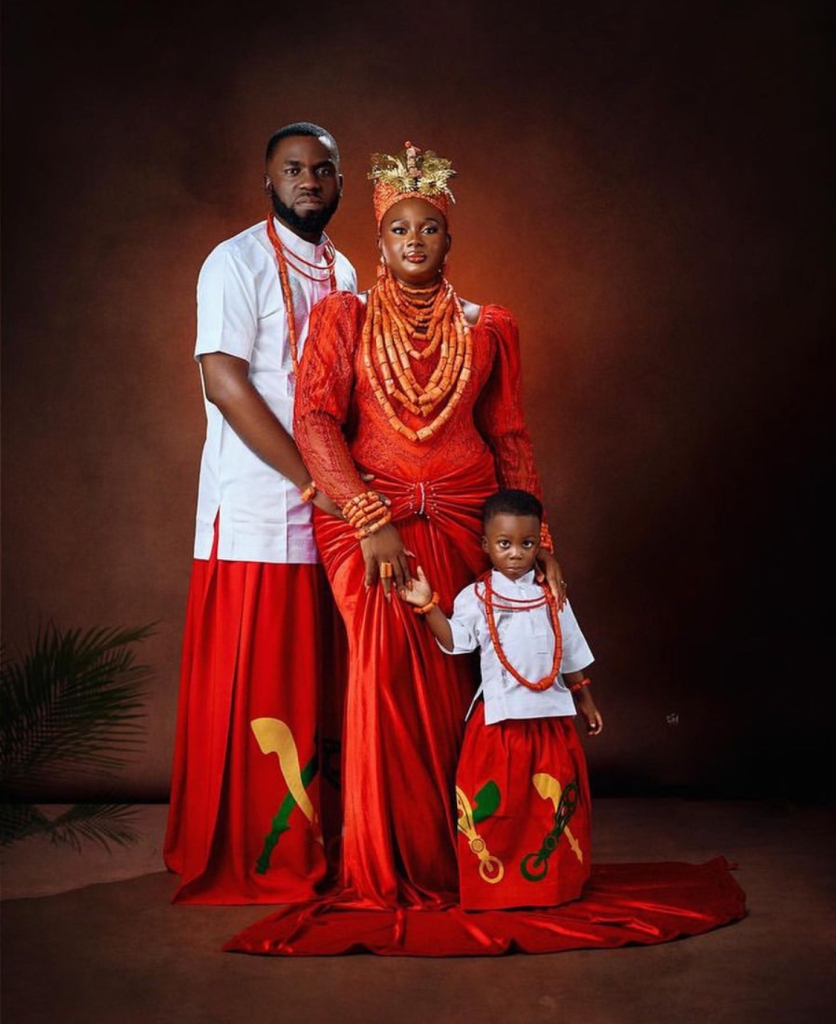
Traditional Attire for Efik People
Efik men wear a Usobo, a large wrapper tied around the waist, paired with a long-sleeved shirt. They often accessorise with a cap and a walking stick, symbolising status and respect. They also have beaded shoes and special caps. Around their necks, they wear a piece of scarf tie around their neck called Okpomkpom which is made from the same material as the wrapper, damask fabric.
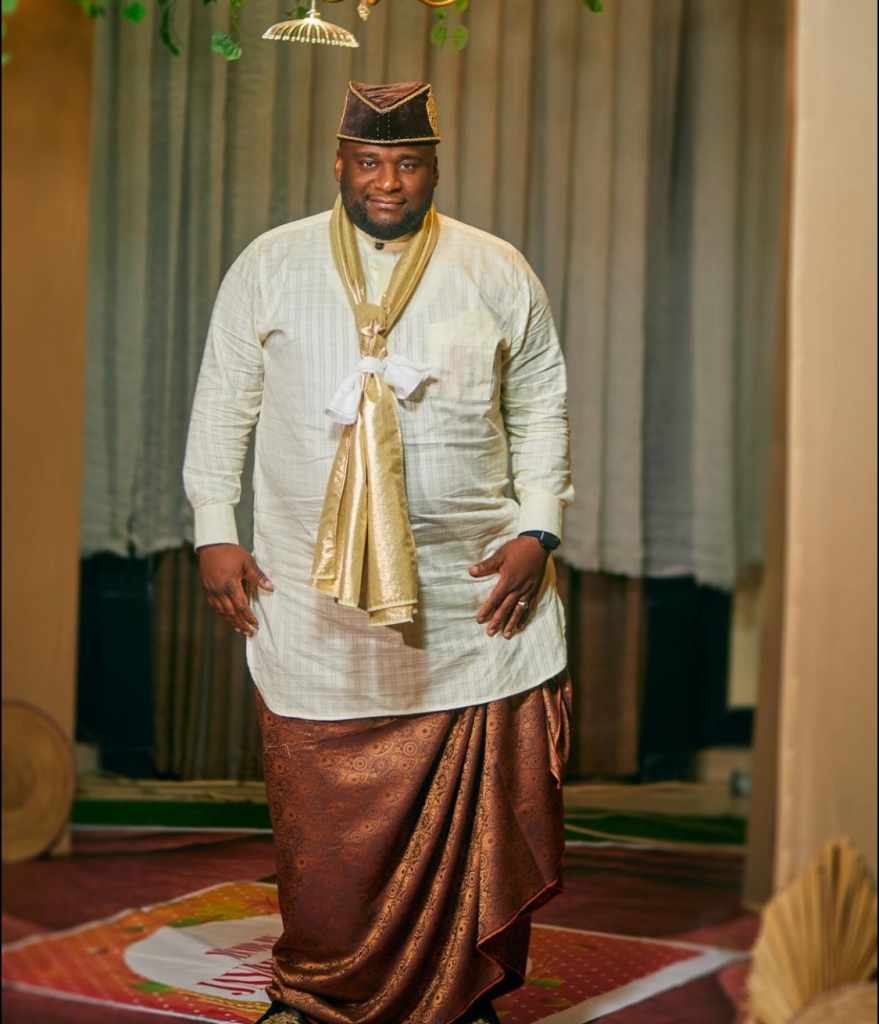
For Efik women, there are two types of attire they wear. The first type is the Ofod Ukod Anwang, which consists of two main pieces: a skirt that extends from the waist to the knees, and a top that minimally covers the bust. This outfit is designed to highlight the fullness of the bride’s waist, emphasising her health and femininity. The second type is the Onyonyo, an elaborate and regal ball long flowing dress adorned with intricate embroidery, used for weddings.

The women also wear a braided wig adorned with brass combs called Etenge. They also wear a beaded headpiece and necklaces, enhancing their regal appearance during cultural events.
Traditional Attire for Igala People
Achi Igala is the traditional attire of the Igala people, worn in various styles. Igala women often tie it as a scarf, wrap it around as a wrapper, or sew it into dresses. Men use it to make the Igala cultural cap, drape it around their necks, or sew it into clothing. The Igala people exhibit diverse and stylish ways to showcase the beautiful Achi Igala in their fashion.

Traditional Attire for Gbagyi People
The Gbagyi people have two traditional fabrics that reflect their rich cultural heritage, the dark blue fabric and the black fabric. The dark blue cloth is the older one and is cherished by Gbagyi elders as the authentic Gbagyi attire, having been worn for many generations.

The black cloth is the newer fabric which sometimes comes with white illustrations and inscriptions such as depictions of women carrying loads on their shoulders, underscoring the cultural norm against carrying loads on the head. It also bears the phrase Mizhin Gbagyi Nu, which translates to “We are Gbagyi people,” proudly asserting their cultural identity.

Nigeria’s traditional attire vividly represents the cultural identities and social values of its diverse tribes.
Credit: loispiration

